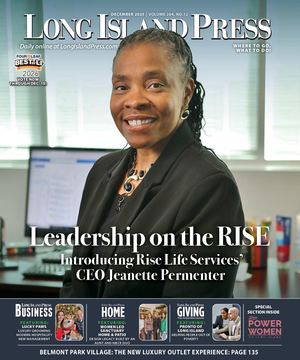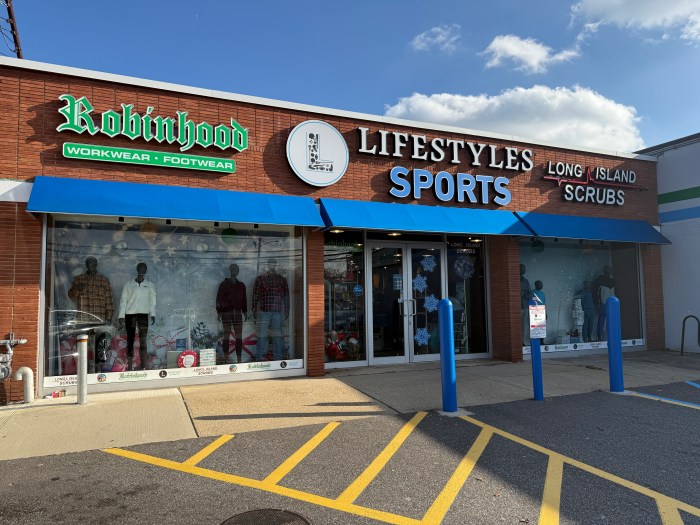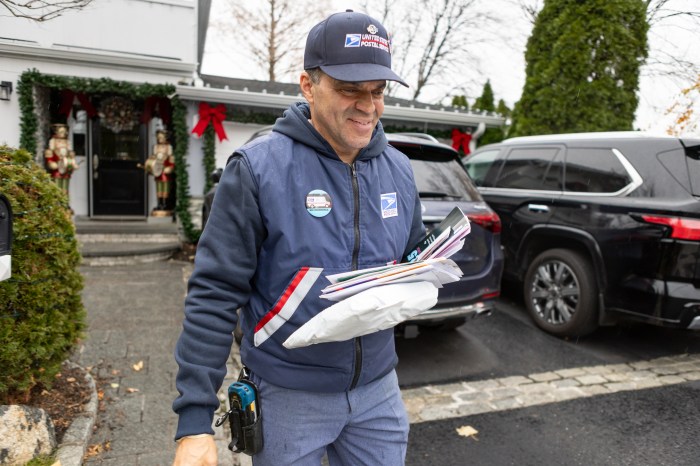Over 172,000 people on Long Island are at risk of losing some or all of their SNAP benefits, which combat hunger insecurity and provide nutritional programming. Long Island food pantries are already anticipating changes in operation due to the pending cutbacks in the program.
The Supplemental Nutrition Assistance Program, currently known as SNAP and formerly known as food stamps, assists one in seven New York residents, or 2.9 million people, according to Michael Haynes, Long Island Cares’ vice president of government relations, advocacy and social policy.
Long Island Cares is an organization that aims to combat food insecurity across Nassau and Suffolk counties. Haynes said the organization anticipates a 10-20% increase in demand with the changes stipulated in the One Big Beautiful Bill Act passed by Congress July 4. He said this increase is coming at a time when the organization is “receiving less federal commodities.”
“It’s going to be a challenge,” he said.
According to the bill’s text, there will be limitations to the program’s income eligibility and include considerations of the recipients’ total shelter costs, including utilities. The bill also extends work requirements for able-bodied adult recipients without dependents. According to the bill, households with an elderly or disabled member may be considered automatically eligible for the program.
The White House website says the cuts to SNAP will work to strengthen the program to help those that “need it most.”
“The One Big Beautiful Bill promotes work, responsibility, and restores SNAP to serve the truly needy. SNAP enrollment remains high even in a strong economy, including millions of able-bodied adults who could work,” the website reads.
Haynes said the bill’s passage will result in the reduction of between 6 billion and 9 billion meals each year. He said if the now enrolled 42 million Americans who rely on this program don’t receive approximately 7.5 billion meals, “that’s a hunger crisis.”
Haynes said approximately 2.9 million people in the state rely on SNAP, with 30% of those recipients identified as children, 21% the elderly and 10% non-elderly disabled. He said there are over 43,000 SNAP participants in Nassau County. Suffolk, he said, has over 127,000 eecipients, one of the highest enrollment counties in the state.
Haynes said that for every meal a food bank provides, SNAP provides nine. With the federal program braced for cuts and demand on the rise, he said food banks “can’t make up cuts of this magnitude.”
Those experiencing food insecurity, however, aren’t the only ones that will be affected by cuts, Haynes said. He said SNAP bolsters the economy with $1 in SNAP benefits generating $1.54 in economic activity.
“It’s not just hurting the people. It’s hurting the businesses that receive these benefits,” he said.
Ellie Musmeci, vice president of Jericho Cares, said that new requirements will “create barriers” for the food insecure.
Jericho Cares is a nonprofit that assists local families by providing food and clothing, celebrating birthdays and holidays, and creating a support network. Founded in 2020 amid the COVID-19 pandemic, the nonprofit delivers food and supplies to families within a 20-mile radius of Jericho.
“Our clients, a vulnerable group of about 325 individuals served each month, are already experiencing significant hardship. New complex paperwork and reporting requirements will only create additional barriers, increasing the strain on our services and the growing demand on already overstretched food pantries,” Musmeci said on behalf of the organization.
“We need a system that supports our most vulnerable citizens, and these changes to SNAP benefits will undoubtedly harm many Long Island families, especially single moms and children,” he said.


































